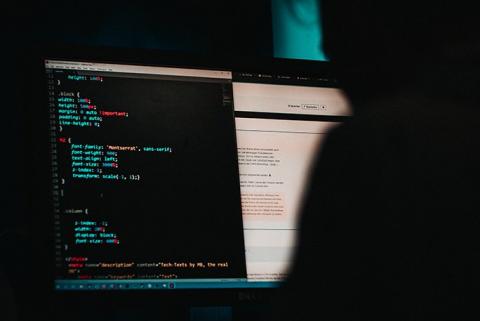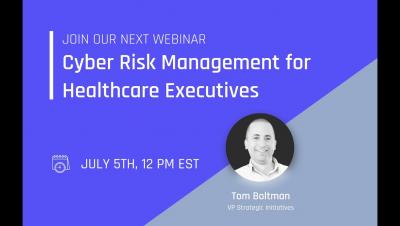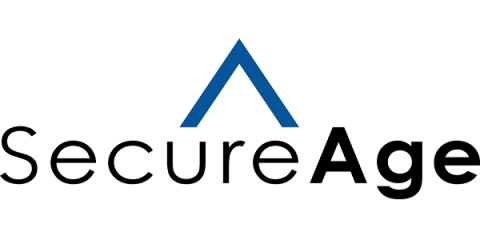Healthcare Apps and Patient Portals are Under Attack
The rise of healthcare applications and digital services has ushered in an era of greater visibility and interaction between providers and patients. Patients now have on-demand access to critical information such as medical records, test results, and medications. Providers can communicate with patients in real-time from remote locations, answer questions, and share data via web-based and mobile platforms.










